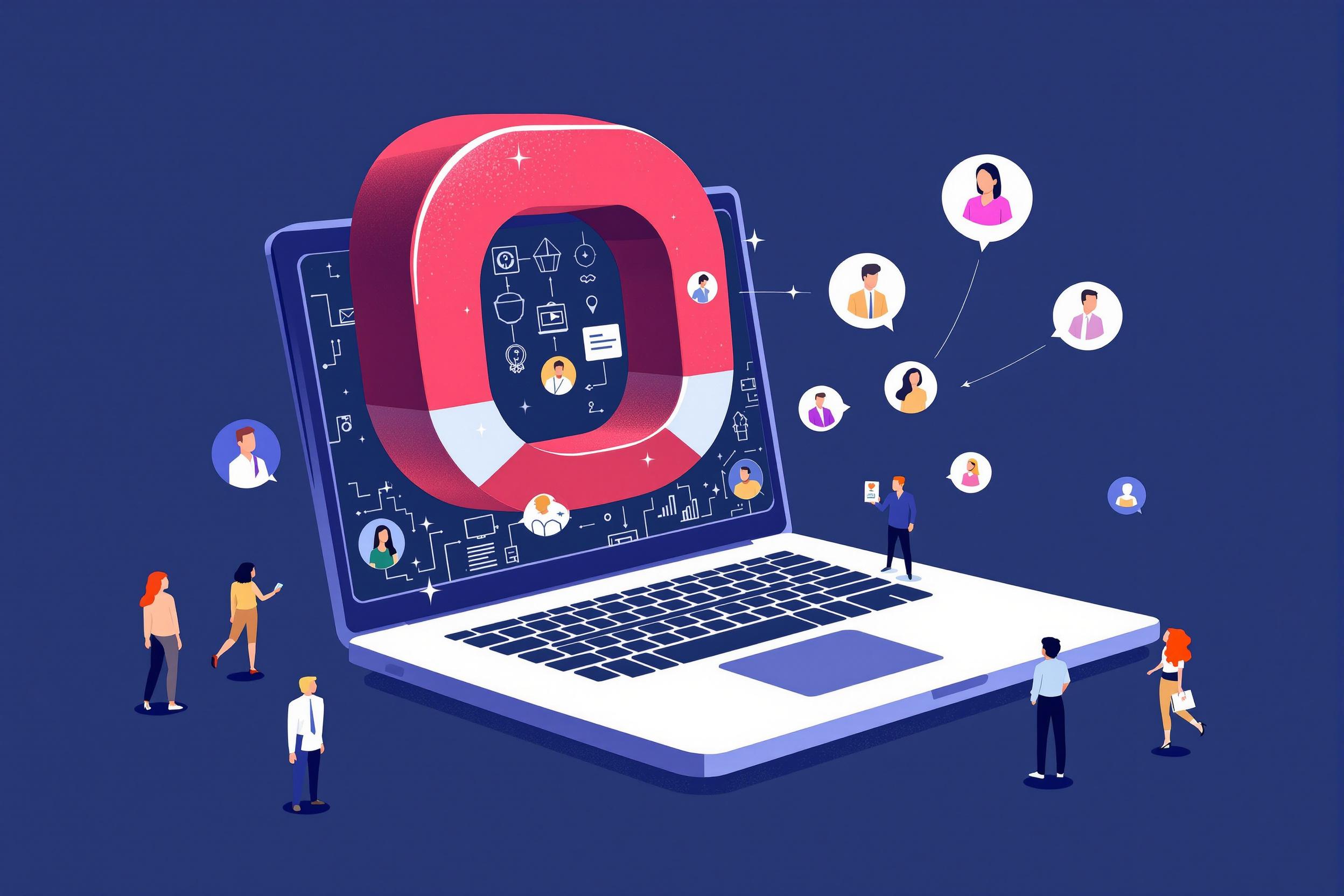
Editorial Illustration
Editorial Illustration is the art of creating images that accompany and enhance written content in magazines, newspapers, books, and digital media. Think of it as visual storytelling that helps readers better understand or connect with the text. Unlike general illustration, editorial illustrations specifically aim to capture the main idea of an article or story, often adding deeper meaning or a creative interpretation of the written content. This type of work regularly appears in publications ranging from children's books to prestigious magazines like The New Yorker or Time Magazine.
Examples in Resumes
Created Editorial Illustration|editorial illustrations for major national magazines
Developed Editorial Illustration|editorial artwork for newspaper opinion pieces
Produced weekly Editorial Illustrations for online news platform
Designed Editorial Art for academic textbooks
Typical job title: "Editorial Illustrators"
Also try searching for:
Where to Find Editorial Illustrators
Professional Organizations
Portfolio Platforms
Job Boards
Professional Networks
Example Interview Questions
Senior Level Questions
Q: How do you handle tight deadlines while maintaining quality in editorial work?
Expected Answer: A senior illustrator should discuss their project management approach, including time allocation for concept development and execution, having a reliable backup process, and maintaining communication with art directors.
Q: How do you ensure your illustrations remain fresh and relevant to current visual trends?
Expected Answer: Should demonstrate knowledge of current illustration trends, discuss their research process, and explain how they balance personal style with client needs and market demands.
Mid Level Questions
Q: How do you translate complex written concepts into visual elements?
Expected Answer: Should explain their process of reading and analyzing text, creating concept sketches, and developing visual metaphors that communicate the message effectively.
Q: What is your process for incorporating client feedback into your work?
Expected Answer: Should discuss their revision process, how they handle different types of feedback, and maintaining professional relationships while advocating for strong design choices.
Junior Level Questions
Q: What tools and software do you use for your illustration work?
Expected Answer: Should be able to discuss both traditional and digital tools, common software like Adobe Creative Suite, and basic file preparation for both print and digital publication.
Q: How do you approach creating illustrations that match a publication's style?
Expected Answer: Should demonstrate understanding of researching a publication's visual style, following brand guidelines, and adapting their personal style to fit client needs.
Experience Level Indicators
Junior (0-2 years)
- Basic illustration techniques
- Understanding of color theory
- Knowledge of standard design software
- Basic concept development
Mid (2-5 years)
- Strong conceptual thinking
- Quick turnaround capabilities
- Experience with multiple publication types
- Effective client communication
Senior (5+ years)
- Advanced visual problem solving
- Art direction capabilities
- Multiple style mastery
- Industry relationship management
Red Flags to Watch For
- No professional portfolio
- Missing deadline management skills
- Inability to work with art directors
- No experience with industry-standard software
- Poor understanding of print vs digital requirements
Related Terms
Need more hiring wisdom? Check these out...

Redefining Team Collaboration in a Digital Workspace

Beyond Borders: Mastering the Art of a Global Onboarding Calendar

Speak Their Language: How Localized Job Descriptions Unlock Regional Talent

